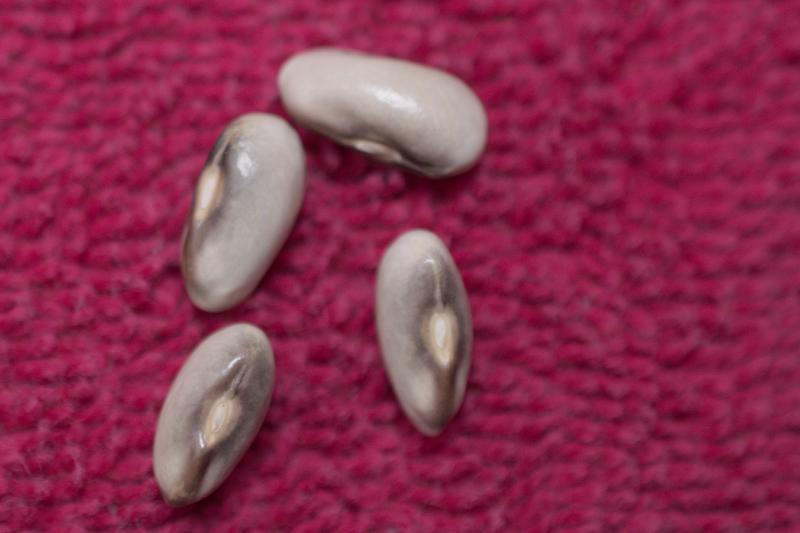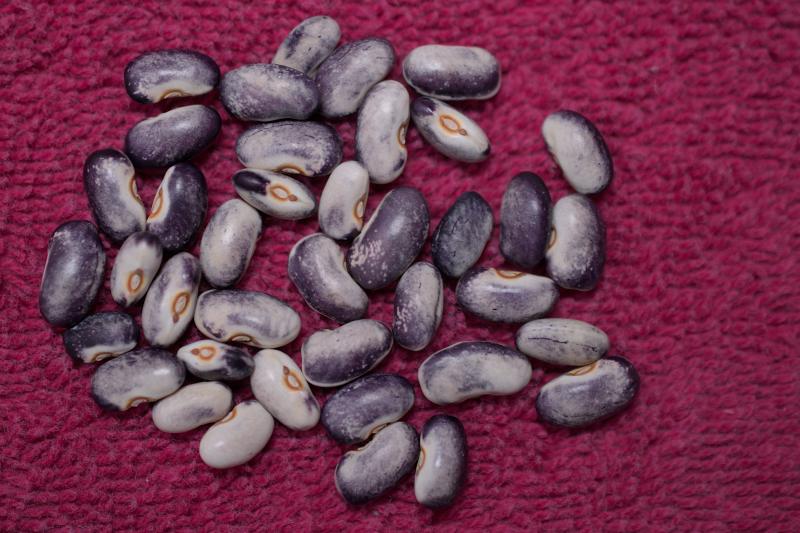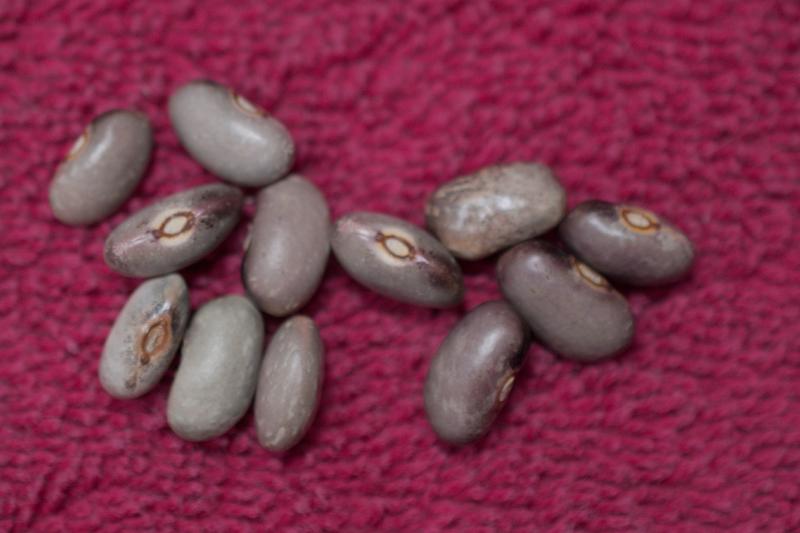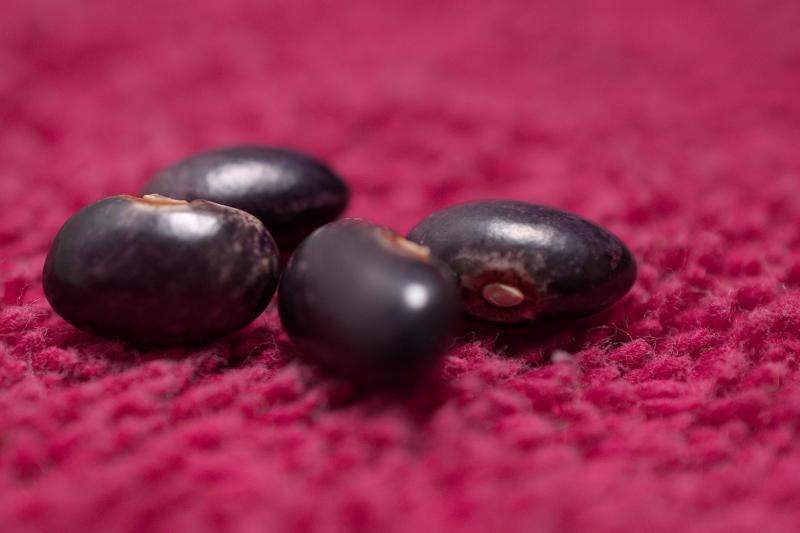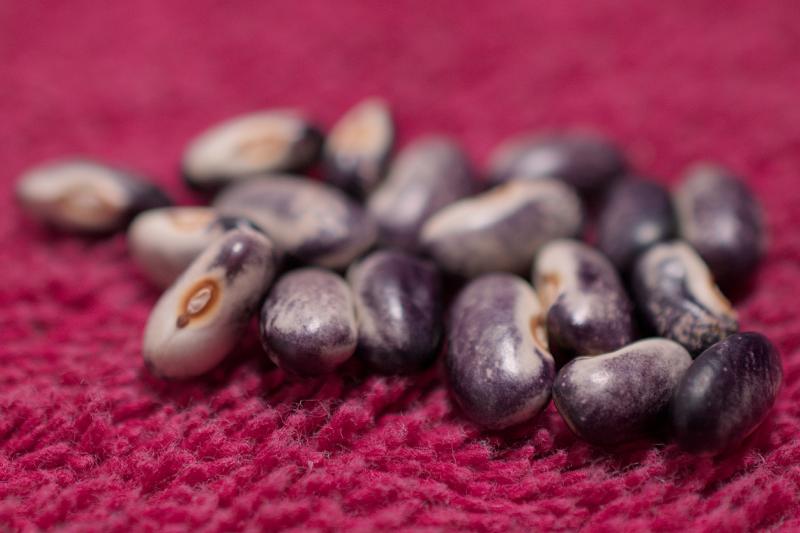jbosmith
Deeply Rooted
- Joined
- Oct 2, 2021
- Messages
- 366
- Reaction score
- 1,595
- Points
- 165
I technically grew lentils once, and I'm glad I did, but I took one look at the pods and said, "Well that was fun". I think I might have picked one or two to show people and that's about it.I contest that. It is pretty self evident that only an edamame soybean can be given that name. (Or a lentil - but names are meant for people, and who actually grows lentils in their garden?)
I really appreciate that you take pictures of the dry plants along with the seeds. I always have good intentions of doing that, and then find myself madly picking pods as fast as I can before a long wet spell or hard freeze.
For what it's worth, I had decent luck with Cha Kura Kake, except that I completely missed the window for edamame. I swear it started making pods and roughly 4 minutes later they were drying down! It's early enough, and our weather is unpredictable enough these days, that I think it has value to northern growers. Ezonishiki also did well for me.This is great to know about Ezonishiki; I tried Cha Kura Kake this summer and found the production rather sparse. Sparse enough to wonder if it's a variety worth pursuing further. I think I may try EZ instead this upcoming year.
However, I did read a really disturbing article about fish and soybeans recently (isoflavone in particular), so now I'm kind of wondering if I should even keep going with soybeans.
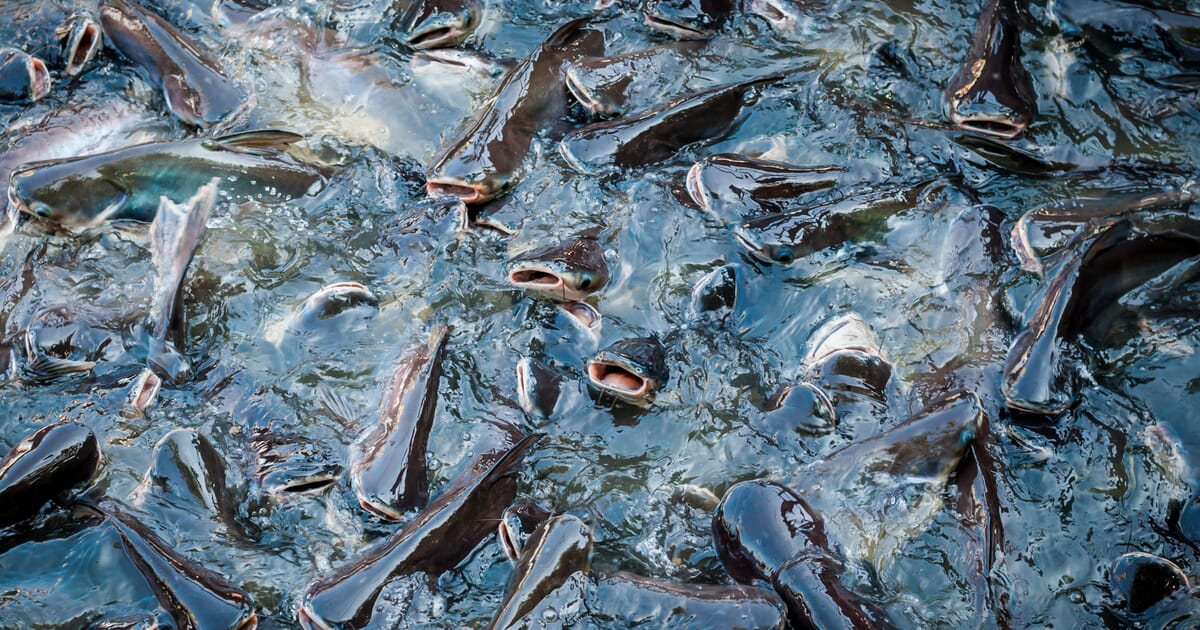
Creating all-female catfish without the use of hormones
The prospect of ongrowing only female – and therefore faster-growing – catfish could be a step closer.thefishsite.com
I think you'll have a hard time finding anyone outside of the low carb, all meat crowd that says soy is bad in sane quantities.

